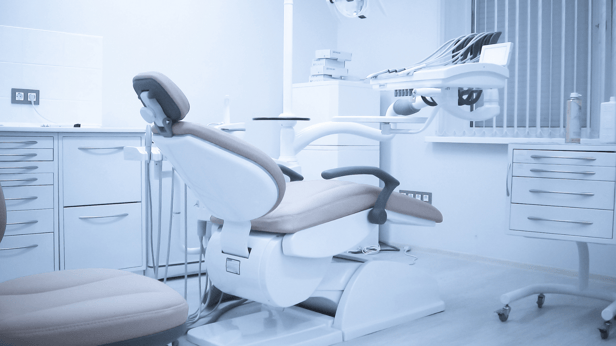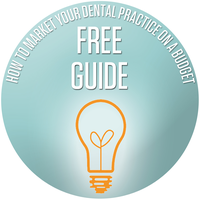
Some experts state that no-show or last-minute cancellation per day can cost dentists up to $30,000 per year. That’s a decent chunk of change, regardless of your office’s yearly revenue. As a healthcare provider and business owner, it’s vital that you assess the causes of this, especially if it occurs often in your office, and come up with a plan to minimize it.
I’m sure you’ve heard your share of excuses for cancelling an appointment last minute. Some are emergencies. Some…not so much. But there are many reasons in between these two that can provide some insight. They include:- Forgot the appointment
- Cost of the procedure(s)
- Fear of going to the dentist
- Can’t get the time off from work
- Have trouble organizing childcare
- Issues finding transportation to get to the office
- Wants to avoid long wait time in the reception area
6 ways to reduce no-show appointments
Understanding why patients are cancelling last minute is half the battle. Now, it’s time to develop, or finetune your strategy to reduce no show appointments. Here are six ways, which you can easily remember using the acronym K.E.E.P I.T.
Know. Know your patients. Observe their behavior. Has he or she broken a few appointments already? Do you know if the person truly has a fear of the dentist? Do you have a large percentage of younger patients? Do any of your patients have psychosocial challenges? These can affect whether a patient is a no-show risk.
Educate. Many patients still don’t understand that their dental health and overall health are connected. So, take the time to educate patients on why the procedure they are being scheduled for is important and how delaying their treatment typically makes things worse and more expensive.
Engage. Patients need to understand that they have a role to play (just as you do) in achieving the dental health outcomes they want. They need to be engaged. Start with their treatment plan and take the time to review with them the procedures you’ve recommended and why. Then, impress on them the importance of scheduling and keeping their appointments. Inform them about available payment options, including dental insurance and your office’s payment plans. You are likely to find that an engaged or activated patient, exhibits desired patient behavior.
Policy. Develop a cancellation policy and apply it wisely. As you schedule appointments, communicate the policy to all patients. The fact that they will be assessed a fee or dropped from your office for continually breaking appointments may be a deterrent for some.
Immediate. Give your patients the option of immediate or same day dentistry. Scheduling an appointment can be frustrating. Some offices are not open on weekends. Others close by the time a patient leaves work. Patients may or may not have the available time or flexibility to take off in the middle of the day or afternoon, to come in for an appointment. It may be difficult for them to arrange childcare. Considering these challenges, if you can offer same-day dentistry, your patients will appreciate the option.
Technology. We’re living in the digital age where technology rules. People love the convenience of clicking a button or getting updates on their phones. So, leverage technology to make life easier for your patients. For example, you can send them voicemail, text or email reminders for scheduled appointments, or their routine cleanings and exams.
When patients keep their appointments, everyone wins. The patient gets the care they need without needless delays that can worsen the problem. You get to provide the care the patient needs and get compensated for your time. Your staff avoids the stress of scampering to fill an empty slot. To make this a reality, understand why patients cancel their appointments last minute, and utilize tips to help them K.E.E.P IT.
Related Topics
Importance of Online Reviews to the Success of Your Dental Practice
Breaking Up (AKA Patient Dismissal): When and How You Should do it


